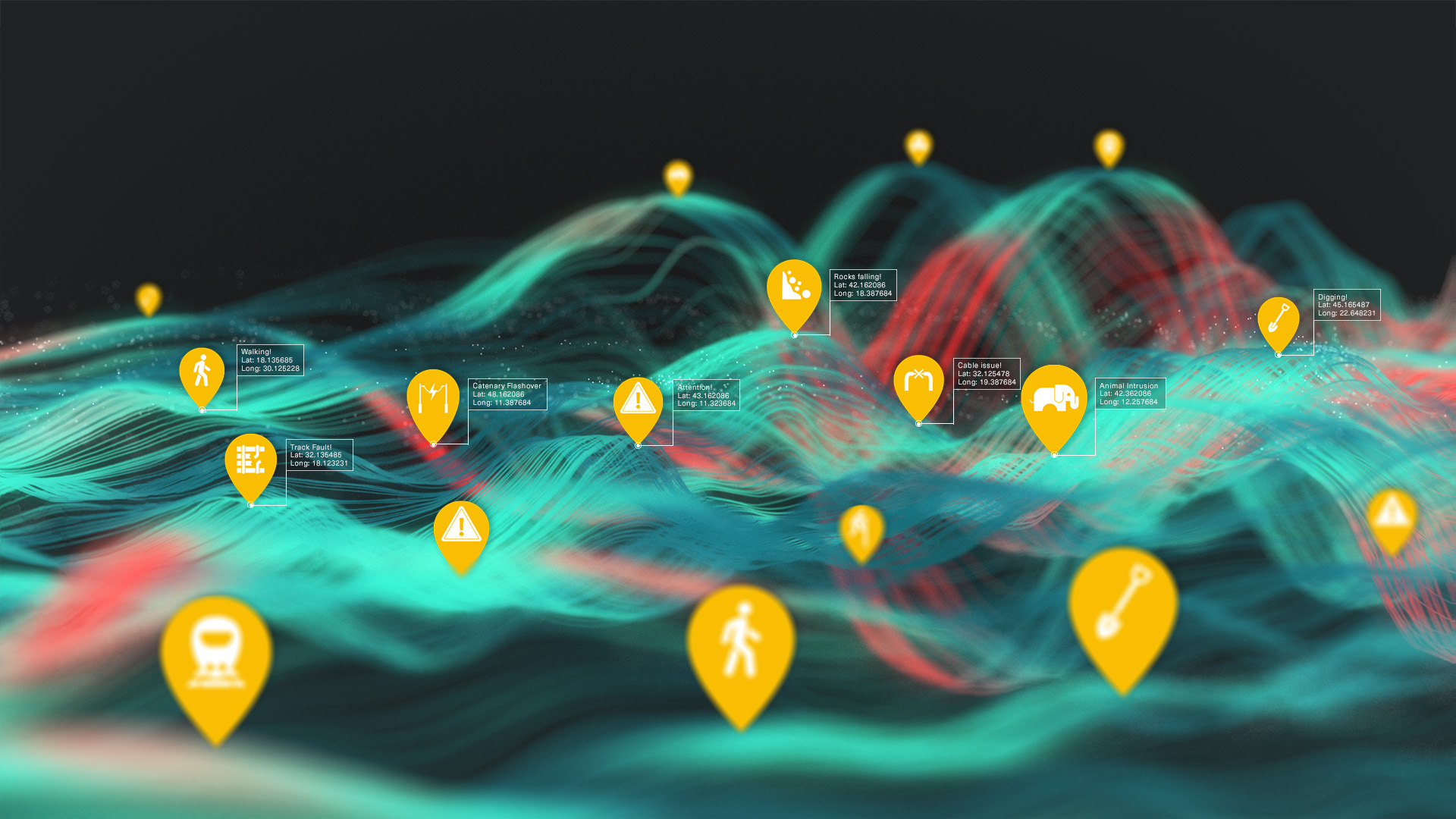Fiber optic sensing technology has revolutionised the way we monitor and analyse various physical parameters in diverse industries. From Distributed Acoustic Sensing (DAS) to Distributed Strain Sensing (DSS), Distributed Temperature Sensing (DTS), and Fiber Bragg Grating (FBG) types, fiber optic sensors offer high sensitivity, reliability, and versatility for a wide range of applications including hazardous environments. Let's delve into the different types of fiber optic sensing technologies and their unique capabilities:
Distributed Acoustic Sensing (DAS):
DAS technology utilises fiber optic cables to capture acoustic signals along the entire length of the cable. By analysing changes in the backscattered* light within the fiber, DAS measures vibrations that are often caused by sound waves or ground vibrations causing disturbances to the fiber. DAS is widely used in industries such as oil and gas, geophysical exploration, and security for applications like well monitoring, seismic imaging, and perimeter security respectively. This is the technology that Sensonic specialise in bringing to the rail industry. As it needs no lineside equipment and can use standard telecoms grade fibers that are often already within the railway corridor, it offers a low barrier to adoption and proven reliability in a rail environment.


Distributed Strain Sensing (DSS):
Distributed Strain Sensing involves measuring strain or deformation along the length of a fiber optic cable. By analysing changes in the backscattered* light within the fiber, distributed strain sensors can detect mechanical strain of the fiber, structural deformation, or infer load variations in real-time. This technology is utilized in structural health monitoring, civil engineering, aerospace, and geotechnical applications for monitoring the integrity and performance of structures under varying conditions.
The most common use of DSS is in structural health monitoring: Here DSS is used to monitor the integrity of bridges, buildings, and dams. By embedding fiber optic sensors within the structure, engineers can detect strain and deformation in real-time, allowing for early identification of potential failures.
Distributed Temperature Sensing (DTS):
Distributed Temperature Sensing systems use fiber optic cables to measure temperature variations along the length of the cable. By analysing the changes in the backscattered* signal through the fiber, distributed temperature sensors can provide accurate and continuous temperature monitoring in harsh or inaccessible environments. This technology finds applications in industries such as fire detection in tunnels or in monitoring the temperature of electrical grid cables to maximise the grid capability without risking overheating or reliability issues.


Fiber Bragg Grating Sensors (FBG):
Whereas DAS/DSS/DTS rely on the measurement of backscattered* light from natural refractive index variations in the fiber to deliver distributed sensors along the fiber length, Fiber Bragg Grating sensors consist of engineered refractive index variations in a short length of fiber. This engineered fiber section creates a discrete sensor element reflecting light at that specific point which can be tailored for specific applications. These refractive index gratings reflect specific wavelengths of light, creating a unique spectral response that changes with variations in temperature, strain, or pressure. FBG sensors have applications in structural monitoring, aerospace, medical devices, and industrial automation for measuring parameters like temperature, strain, pressure with high accuracy and reliability in harsh environments.
Fiber optic sensing compared:
|
|
Distributed Acoustic Sensing |
Distributed Strain Sensing |
Distributed Temperature Sensing (DTS) |
Fiber Bragg Grating |
|---|---|---|---|---|
|
Sensing Target |
Vibration |
Strain |
Temperature |
Strain, Pressure or Temperature (+others) |
|
Information Gathered |
Vibration frequency, amplitude and location. |
Strain and location |
Temperature change and location |
Strain, pressure or temperature measurements at a discrete point |
|
Railway Applications |
Security |
Slow ground movements |
Fire detection in tunnels |
Few commercial applications at present |
|
General Applications |
Pipeline monitoring |
Structural health monitoring Subsea cable monitoring |
Fire detection |
Various specialist applications |
|
Physical principal used |
Rayleigh scattering |
Brillouin scattering |
Ramen scattering |
Various |
|
Analogy
|
String of many microphones |
String of many strain gauges |
String of many temperature sensors |
Temperature, strain or pressure sensors at a discrete point along the fiber |
 |
 |
 |
 |
In conclusion, fiber optic sensing technologies offer a powerful and versatile solution for monitoring and analysing physical parameters in various applications. Whether it's detecting acoustic signals with DAS, measuring strain and temperature distribution with distributed sensors, or utilising FBG sensors for precise point measurements, fiber optic sensing continues to drive innovation and efficiency across multiple industries. With ongoing advancements in fiber optic technology and data processing capabilities, the future holds even more exciting possibilities for enhancing sensing capabilities and expanding the scope of applications for fiber optic sensors still further.
Want to find out more? Try these links or contact our team to discuss your specific requirements.
Railway Applications More about DAS Technology About Sensonic
* What is backscatter / backscattered light?
Backscattered light in fiber optic sensing refers to the light that is reflected or scattered back toward the light source as it travels through the optical fiber. When a light pulse is transmitted through the fiber not all of it emerges at the other end of the fiber. Some of the light passing through the fiber interacts with the fiber's material and any external influences, such as temperature changes, strain, or pressure, causing a portion of the light to scatter back. This backscattered light carries information about the conditions along the fiber's length, allowing for the monitoring of various physical parameters. There are various physical parameters that affect the scattering of light such as Rayleigh, Brillouin and Ramen scattering.
Like this article? Then share it with the button at the top





